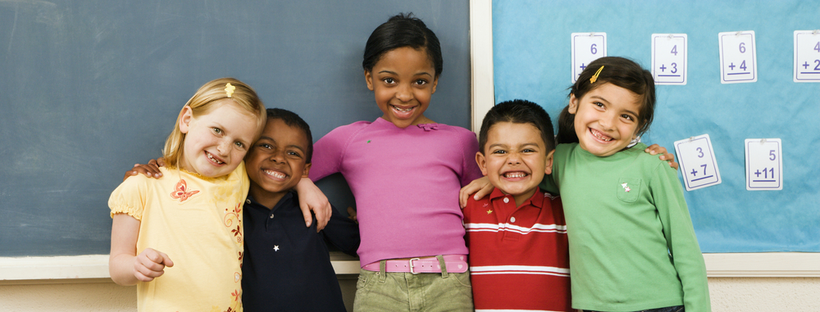
The recent focus on students’ social-emotional development is well-placed. While this was a hot topic before the pandemic, the need for SEL support has been magnified over the past two years. In response, we’ve seen districts adopt SEL programs and approaches intended to help students manage their emotions, regulate their own behavior, and develop healthy relationships. In fact, according to the Collaborative for Academic, Social, and Emotional Learning (CASEL), “more than 20 states have adopted K-12 SEL competencies and all 50 have adopted pre-K SEL competencies”.
That is wonderful. It is. But it’s not enough. If we are truly serious about academic AND social-emotional learning, we must shift to mastery learning.
In addition to explicit SEL instruction, successful SEL implementation calls for a supportive school and classroom climate and integration of SEL into academic instruction. But our traditional systems, particularly our grading and ranking systems, are the opposite of supportive. Indeed, 75% of U.S. high school students expressed boredom, anger, sadness, fear, or stress while in school and they list finals, midterms and the pressure to get good grades as top stressors.
How is it possible, then, that we can say we support SEL when we haven’t made serious changes to the way we teach and grade students? What message do we send to students when we tell them that learning needs to happen on the same schedule for all students? How can we claim to provide a supportive learning environment when we allow students to fail?
Mastery learning is a relatively simple concept. Students are supported and expected to demonstrate mastery of essential knowledge and skills. In a mastery learning system, we recognize that students require different approaches to learning, varying amounts of time to learn, and regular feedback and practice. Essentially, mastery learning is making sure that all kids learn what we say they need to learn.
Seems both simple and logical, right? It is. But simple isn’t the same as easy, and we have spent years in what Dan Lortie called “an apprenticeship of observation” in which those of us entering educator training grew up understanding the status quo as the norm, thereby replicating it without much questioning. The same seems to be true for many who continue into leadership.
As difficult as change may be, mastery learning has always been the right approach if we indeed care about student learning. Now, though, our collective focus on student well-being should force us to take a deeper look at how mastery learning allows us to truly supports SEL (and vice versa):
First, An essential component of mastery learning is an aligned curriculum that clarifies exactly what students must know and be able to do, often framed as essential standards. From there, we articulate what proficiency looks like and provide regular feedback to students so they come to understand how they are progressing. In doing so, we build students’ self-awareness skills.
Second, mastery learning requires feedback from formative assessments, followed by relearning, and reassessment. Students know that getting a B or squeezing by with a passing grade is not the name of the game. They learn self-management and responsible decision-making when they determine (or help determine) how and when they will relearn and redo.
Most importantly, a mastery learning approach is the manifestation of a belief that ALL students can learn deeply. If we truly believe this, and do all that we can to make it a reality, we will create places of deep and joyful learning in which all students feel engaged, smart, successful, supported, and worthy of love and respect.
